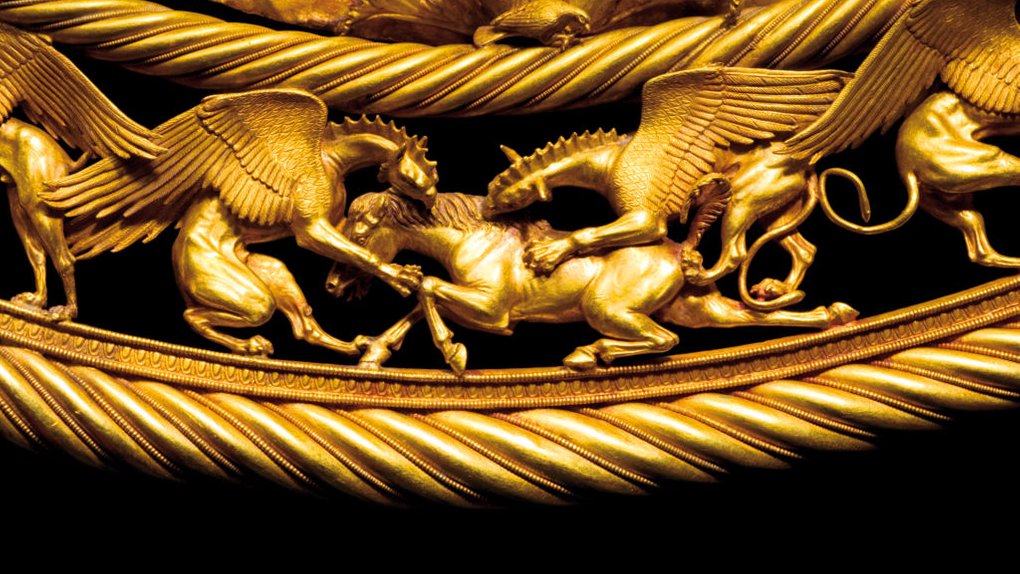The Ukrainian collection of “Scythian Gold,” which had been blocked in the Allard Pierson Museum in the Netherlands for almost 9 years due to legal action by Russia, will finally be returned to Ukrainian territory and preserved in the National Museum of Ukrainian History.
The Ministry of Culture and Information Policy of Ukraine made this announcement.
“The case of the so-called ‘Scythian Gold’ is significant both for the history of museum affairs and international legal practice. Observers from other countries have been closely monitoring the process. I believe they will also analyze how such decisions are made and what role national and international legislation plays in this matter. The final verdict has already been issued,” stated Kateryna Chuyeva, the Deputy Minister of Culture and Information Policy.
The legal dispute over the “Scythian Gold” sets a precedent in modern museum affairs and jurisprudence. It stands as one of the first completed legal cases related to Russia’s armed aggression in Ukraine, which began after the annexation of Ukrainian Crimea and eastern regions in 2014.
In 2013, several months before Russia’s invasion of Ukraine, the exhibition “Crimea: The Golden Island in the Black Sea” debuted at the LVR-Landesmuseum in Bonn, Germany. The Ukrainian Institute of Archaeology NAS contributed its collections from four Crimean museums and the National Museum of Ukrainian History to the exhibition.
Subsequently, in January 2014, the “Scythian Gold” was transported to the Allard Pierson Museum in Amsterdam. After the occupation of Crimea, Russia demanded the immediate return of the collection to the museums under its control, attempting to appropriate Ukraine’s invaluable national heritage. Upon refusal, the Russian side initiated protracted legal proceedings, which spanned nearly 9 years.
In early July 2023, the Supreme Court of the Netherlands upheld numerous lower court decisions in favor of Ukraine. Over 400 unique objects of cultural heritage were ruled to be repatriated to their homeland.
According to UNESCO, Russian occupiers pillaged hundreds of Ukrainian museums in the occupied territories of Ukraine. Numerous artifacts, valuables, and art objects were seized and are now displayed as part of Russian history and culture.
Source: The Gaze







